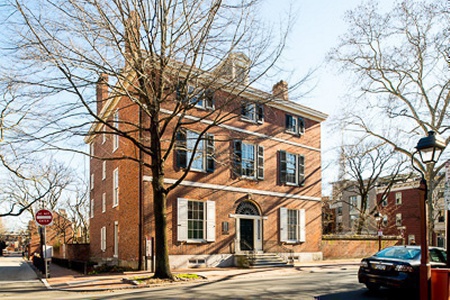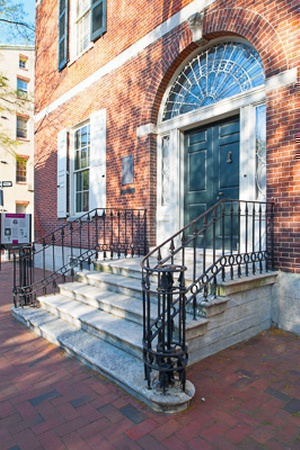Exterior
5/5
Interior
2/5
Site
5/5
History
3/5
Overall
5/5
One of the last free standing houses from the Colonial era in the old center and an almost perfect embodiment of the Federal style with grand (though not original) interiors. Not to be missed.


